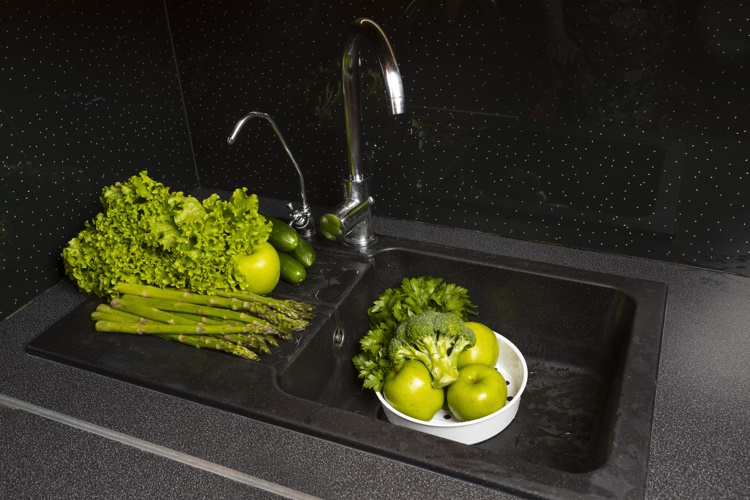Flawless Skin Awaits: Unveiling the Magic of Laser Treatment for Acne Scars
The journey to flawless skin often involves overcoming the lasting effects of acne scars. In recent years, the magic of laser treatment has emerged as a transformative solution, promising not just skin improvement but a renewed sense of confidence. This article unveils the enchanting world of laser treatment for acne scars, exploring its mechanisms, benefits, and the allure that draws individuals towards achieving flawless skin. Visit klinik pakar kulit jerawat kedah for this treatment.
Understanding the Impact of Acne Scars
The Lingering Effects on Confidence
- Psychological Toll: Acne scars can take a toll on one’s self-esteem and confidence.
- Desire for Change: The pursuit of flawless skin is often fueled by a desire to overcome these emotional barriers.
Enter the Magic of Laser Treatment
Collagen Stimulation and Precision Magic
- Collagen Resurrection: Laser treatment works by stimulating collagen production in the skin.
- Selective Photothermolysis: The magic lies in the precise targeting of specific chromophores, ensuring focused treatment.
Different Spells: Types of Laser Treatments
Fractional Laser Therapy
Microscopic Resurfacing Zones
- Fractional Enchantment: Targets microscopic treatment zones for controlled resurfacing.
- Versatile Magic: Suitable for various scar types and skin tones.
CO2 Laser Resurfacing
Ablation Mastery
- Precision Ablation: Removes thin skin layers with surgical precision.
- Deep Magic: Particularly effective for atrophic scars.
Erbium Laser Treatment
Water Absorption Wizardry
- Selective Ablation: Absorbed by water in the skin, promoting controlled ablation.
- Surface Magic: Ideal for superficial scar targeting.
Combining Forces: Multi-Modality Magic
Tailoring Spells for Unique Needs
- Diverse Scar Types: Dermatologists often combine different lasers for a comprehensive approach.
- Personalized Enchantment: Crafting customized treatment plans for individual skin needs.
The Enchanting Treatment Process
Consultation: Casting the First Spell
- Expert Assessment: Dermatologists evaluate scar types, skin health, and patient expectations.
- Collaborative Spellcasting: Engaging patients in discussions about treatment options and expected outcomes.
Magical Sessions
- Customized Rituals: Dermatologists create personalized treatment plans based on the assessment.
- Session Duration: The duration varies, tailored to the selected laser and the extent of scarring.
Post-Treatment Charms
- Sun Safeguard: Protecting the skin from the sun’s magic to prevent hyperpigmentation.
- Topical Elixirs: Dermatologist-prescribed creams become essential potions for optimal healing.
A Glimpse into the Magic Mirror: Immediate Effects
Post-Treatment Revelations
- Temporary Disguise: Immediate effects include redness and swelling, akin to a temporary spell.
- Mild Sensations: Individuals experience mild discomfort, a testament to the ongoing magical transformation.
The Wand’s Rest: Downtime and Long-Term Effects
Post-Magic Downtime
- Varied Rest Periods: Downtime ranges from minimal for fractional lasers to extended for more intensive spells.
- Long-Term Transformation: The real magic unfolds gradually as collagen remodeling continues.
Conclusion: Unveiling the Transformed Skin
The magic of laser treatment for acne scars unfolds in the journey towards flawless skin. Whether through fractional laser therapy, CO2 laser resurfacing, Erbium laser treatment, or a combination of these enchanting spells, individuals can experience a transformative renewal of skin and confidence. The allure of flawless skin awaits those who dare to believe in the magic of advanced dermatological treatments.
FAQs: Answering Your Spellbinding Questions
- How long does it take to see noticeable results after laser treatment for acne scars?
- Noticeable improvements vary, with some individuals experiencing changes after a few sessions. Full results may manifest over weeks to months as collagen remodeling progresses.
- Is laser treatment for acne scars painful?
- Sensations during the procedure differ, with some feeling mild discomfort. Topical anesthetics are commonly used to enhance comfort.
- Are there any side effects associated with laser treatment for acne scars?
- Temporary side effects may include redness, swelling, and mild discomfort. Following post-treatment care guidelines helps minimize these effects.
- Can laser treatment for acne scars be performed on individuals with darker skin tones?
- Certain lasers, such as fractional lasers, are suitable for individuals with darker skin tones. Consultation with a dermatologist experienced in diverse skin types is essential to minimize pigmentation risks.
- How long is the downtime after laser treatment for acne scars?
- Downtime varies based on the selected laser. Fractional lasers typically involve minimal downtime, while more intensive treatments may require a longer recovery period. Dermatologists provide specific post-treatment care instructions for optimal healing.










